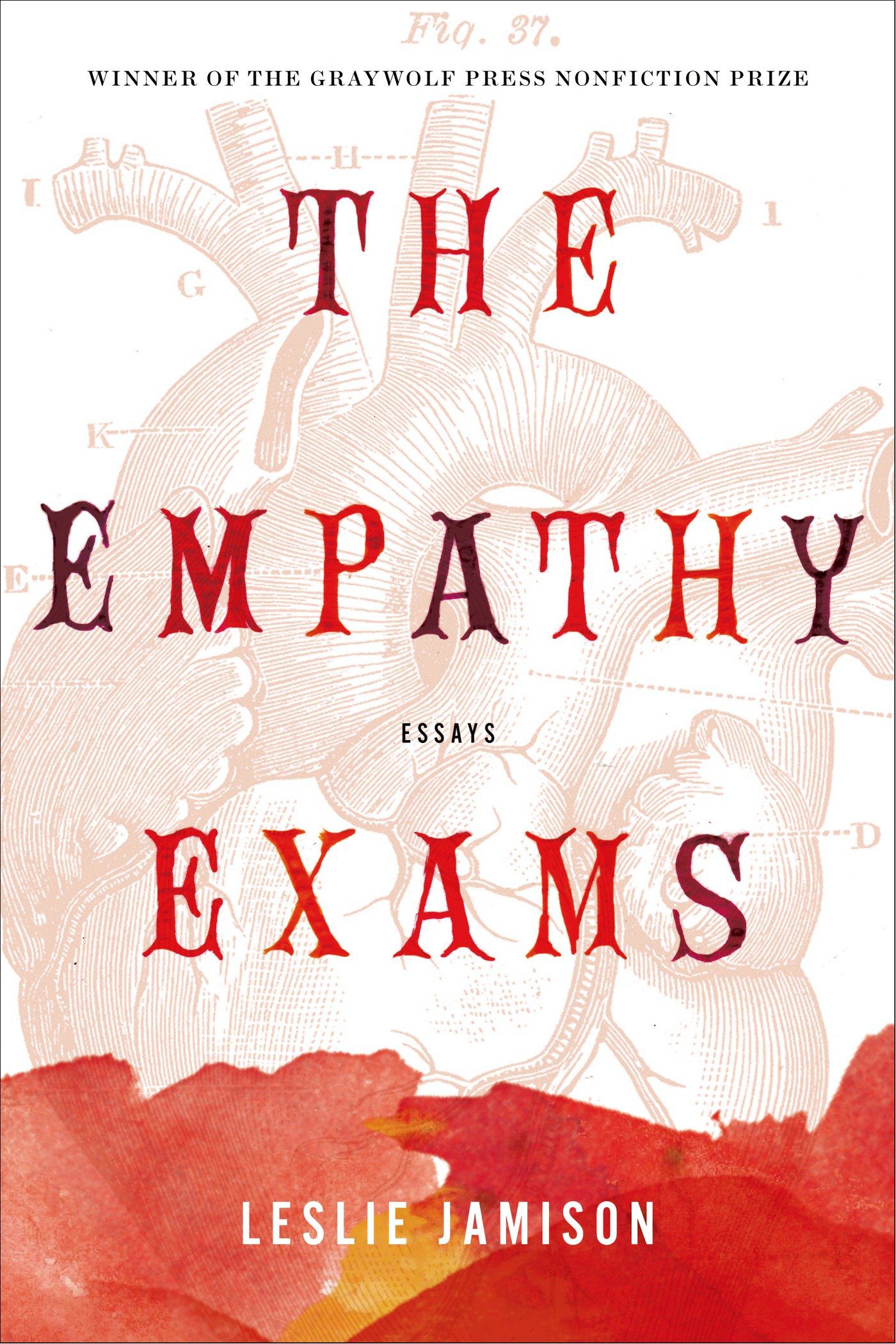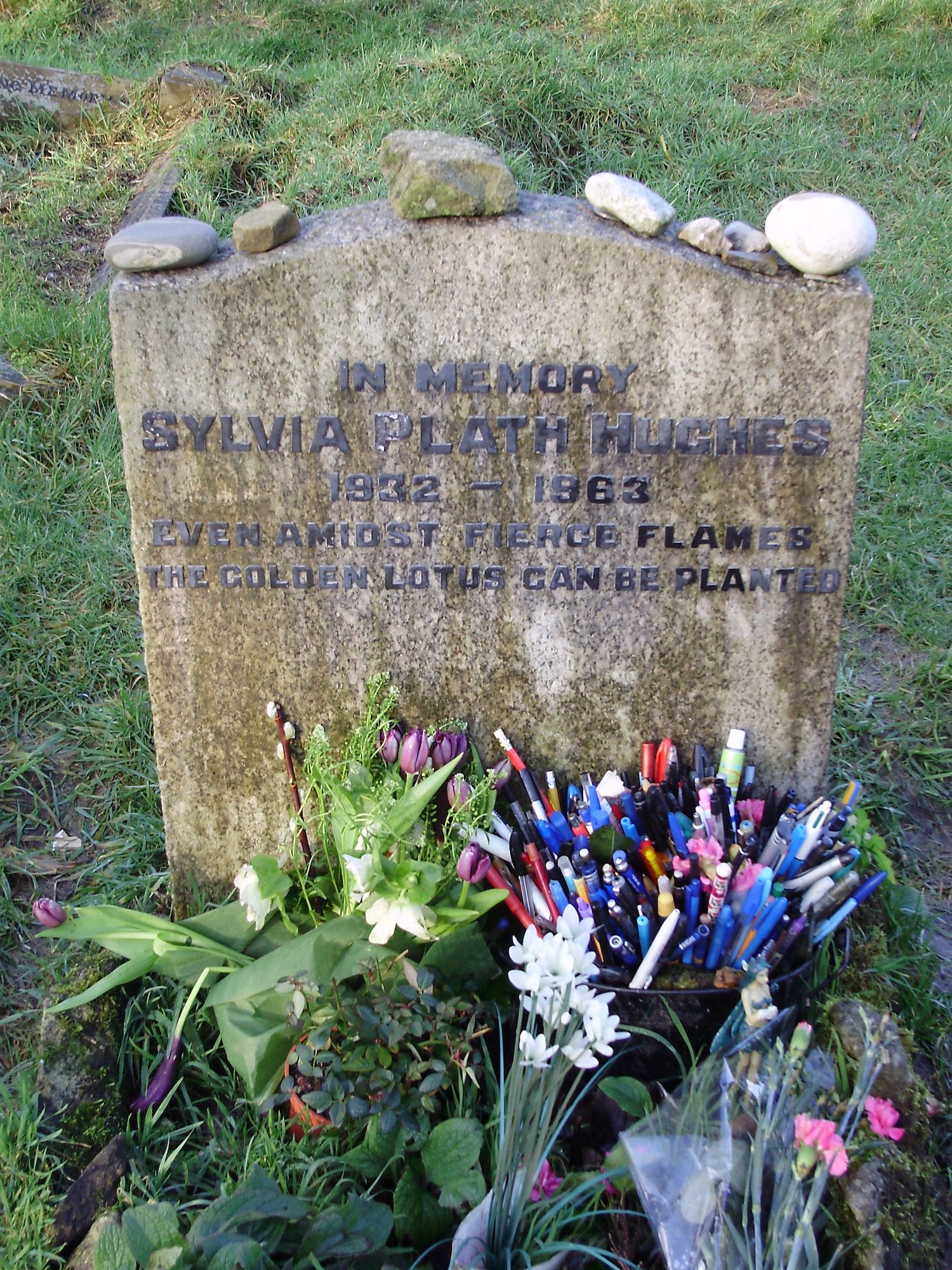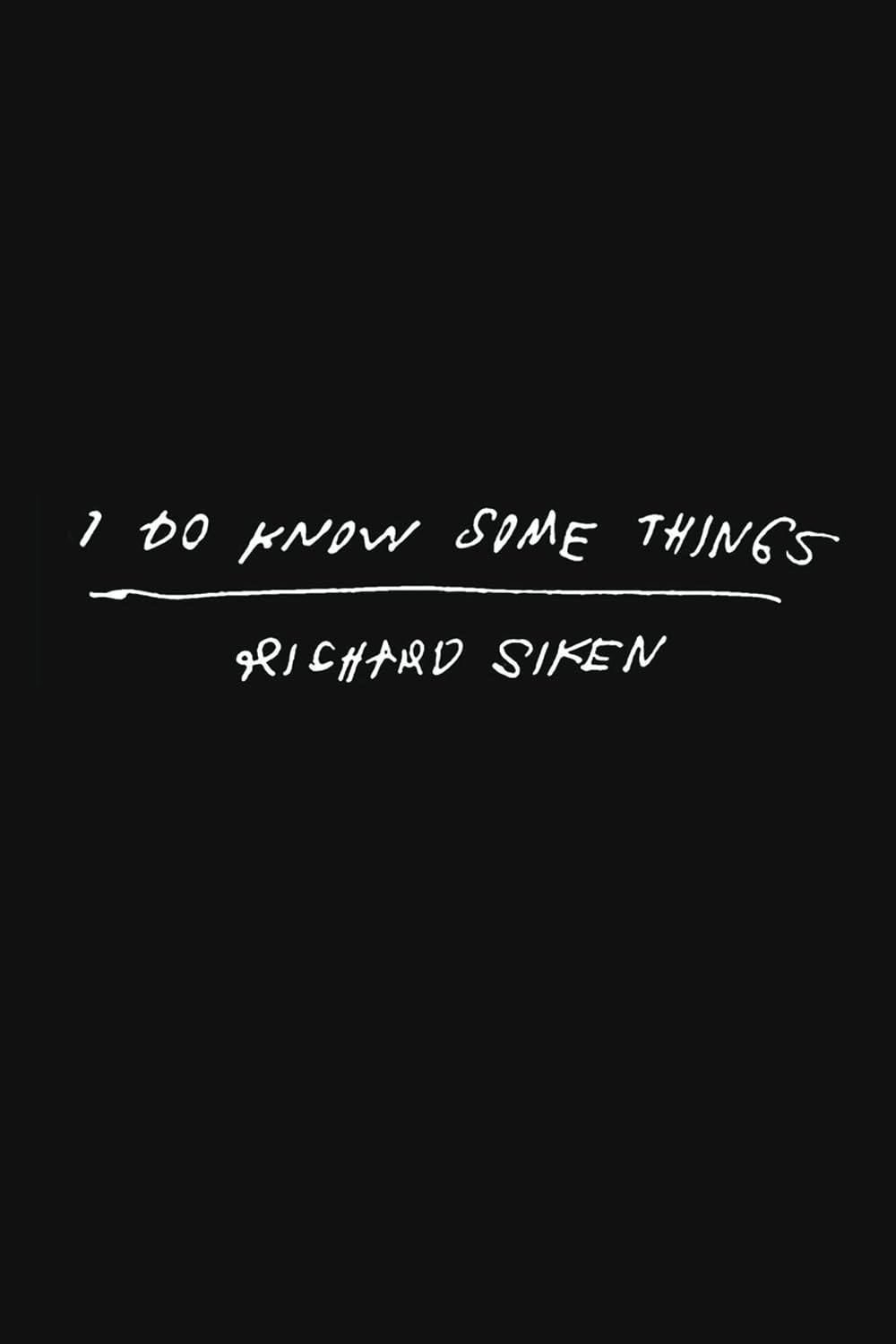Since I have discovered the importance of resisting apology for displays of pain—my own, in literature, in popular culture—I will try not to. This is a trying that Leslie Jamison, in her essay “Grand Unified Theory of Female Pain,” from her 2014 collection The Empathy Exams, asks for. She examines and laments the post-wounded woman. She sees Girls as a show that is about “girls who hurt but constantly disclaim their hurting.” She writes, “What I’ll call ‘post-wounded’ isn’t a shift in deep feeling (we understand these women still hurt) but a shift away from wounded affect—these women are aware that ‘woundedness’ is overdone and overrated.”
I intend to venture into the overdone and overrated.
I consider my scars. A handful of white chicken pox scars. What might be mistaken for a large chicken pox scar on my left hip is from a tick I got in the deep woods of southeastern Arkansas. My fear of ticks is rooted in my hip, in that raised lump—my memory of matches and rubbing alcohol. I used to have a set of three long claw marks across my chest. Over time, only one and a half of the claw mark streaks remains. I have a scar on the inside of my left ankle, a white rough patch from when a not-so-nice girl pushed me into the pool. I burned a star on the inside of my right leg just above the ankle bone, with a hot paperclip, when I was fifteen—the remnants of which are barely visible except for a small horizontal line. I was inspired by a friend who carved a cross into her own leg and filled it with ash, attempting her own tattoo. The top of my belly button is scarred from a piercing gone foul. I, and two other girls, sat in a basement when we were freshmen in high school, piercing our own belly buttons with large safety pins and ice. My friend recalls using the back of the plastic remote control for the television to try and press the pin through her flesh.
Looking back, I don’t know how I did it. It must have hurt. I had not discovered drink or drugs yet, so this was a sober pain. I think that’s what we wanted, a sobering pain. To feel something, to do something. We sat, doing this, while watching The Doors. For some reason, Jim Morrison was like a god. Trent Reznor was like a god, too: telegraphing our pain into music for us to worship. Dramatizing it so we could claim it, write it on our Doc Martens. The stud in my homemade piercing fell out at the bus stop. The bus stop.
My right wrist is a reminder of something it is not. The inside of my right wrist sports a vertical white scar that looks like I tried to slit my wrist open. In truth, I did try to slit my wrist open when I was twenty. But it was my left wrist, and I did not do a good job. That scar has faded. Even though it appears so, the scar on my right wrist is not self-inflicted. I tried to close a window. That is not a metaphor. I did close the window, and as my arm came down it was punctured and torn by the rusty end of the broken antennae on an old boom box. The cut wasn’t deep, but the infection and jaggedness made it scar brightly. So, the gleaming white scar on my right wrist is a lie, and yet it points to a truth of my past, a truth that is otherwise almost forgotten.
I also forget about my stitches. When people talk about stitches, I reflexively say I have never had any. This is because I think of playground falls, the slip of a kitchen knife. This is what people mean, I think. I didn’t have any of those. I had a baby. Indeed, my body hurt itself again. Self-inflicted yet inevitable, destined. Can I claim those stitches, those scars? Or should I hide the vulnerability of my body? Is it just vulnerability? Or does the shame actually lie within the volatility?—what the woman’s body does to itself.
*
Sylvia Plath writes, “I rocked shut / As a seashell. / They had to call and call / And pick the worms off me like sticky pearls.” She lays herself bare on the page, meditates on her pain over and over, her ideation of, and attempts at, suicide. My students have various reactions to Plath’s work, to Plath as a poet. In observing their reactions, I experience satisfaction, connection, disappointment, and frustration. Semester after semester, it is a redundant but peculiarly new period of observation.
I try to resist generalizing, but over the years I sometimes see the same arc, the same bend to student perception. One type of student that Plath engages is the perplexed but humbled male student. He seems humbled by her words and may begin to earnestly take notes in class, when he had not done so before. He may come to my office to follow up on lecture, to dig into lines of a poem. He may criticize the men in Plath’s life, lament how they should have been to her—surely, she deserved better. It is the juxtaposition of ways of being that catches my attention. These young men carefully cultivate a tough exterior, a way about them that is so distinct I want to call it affect, except it becomes ubiquitous. Can it be an affect then? Or is it just culture? A different generation? In any case, this student’s fascination with Plath seems at odds with his previously cultivated poise.
These particular students do not seem to identify with Plath—they want to do something for her. I wonder what they see reflected in her pain if not themselves. Mothers, sisters, lovers? For some of them, I know it is their mothers because they say so: not in class, but in my office. I hope it means something for them to have words, images, metaphors with which to process the familial pain. Many of these young men assume a posture of head of household, fiercely loyal and supportive of the women in their lives—mother, sister, aunt. They care and give care. They know too much but not enough. I know many of them often wish they were on the clock making money or in bed sleeping, instead of sitting in my class. They have already been to work third shift, or they will go to work after, and here they are spending time with me and a book.
Two polar reactions I note from some female students are 1) Identification, admiration, engagement, and 2) Complete dismissal and dislike, refutation. Women in the second camp are not in the majority, but they are vocal. They are vocal because they are incensed. Incensed that Plath should be so self-indulgent and wallow in her pain, and then somehow become famous for it. She gives women a bad name. She should “get over it.” The pain of depression is invisible (or perhaps it is intrinsic to life), so surely, get over it.
But not so many of us can say get over it and look away. We look and look. Plath criticizes this spectacle in “Lady Lazarus”: “The peanut-crunching crowd / Shoves in to see / Them unwrap me hand and foot– / The big strip tease. / Gentleman, ladies.” She criticizes those in her life she sees as disingenuous voyeurs of her pain, and yet she crafts her pain on the page and begs us to look. Perhaps it’s this dissonance to which some students negatively react.
Jeffrey Eugenides’s 1993 novel The Virgin Suicides explores this fascination with looking at female pain and suffering. The novel tells the story of five sisters, brought up in a strict household, whose lives are a subject of mystery for neighbors, especially the high school boys. The 1999 movie directed by Sofia Coppola starts Kirsten Dunst and James Woods, among others. In the 1970s, the Lisbon girls live under the watchful eye of overprotective religious parents. As the title indicates, the sisters commit suicide. The circumstances of their lives are concrete and rich in compelling detail, but the pain is abstract and often unseen. This does not mean it is not real. It is this reality that the male narrators of the novel and film are desperate to grasp. In class, I mention The Virgin Suicides as an example of first person plural point of view or narration, as the story is told from the perspective of a group of teenage boys, now grown men looking back trying to piece together the past. In class, we also examine the first person plural perspective in Faulkner’s 1930 “A Rose for Emily.” Here, the townspeople are the voyeurs and spectators of Miss Emily Grierson’s decline. In both texts, the group narrative voice remains anonymous. Both narratives are built of gossip and speculation, and of course tragedy, the fall of women. In them we can see Plath’s peanut-crunching crowd. Plath often dances around the actual word “suicide,” although she writes about it often. She instead writes lines such as, “I have done it again. / One year in every ten,” “This is number three,” and “At twenty I tried to die / And get back, back, back to you.” In neither of these poems, “Lady Lazarus” nor “Daddy,” does she use the actual word. By 1993, Eugenides does not shy away in his title The Virgin Suicides—and that is what they were, mostly.
What comes to my mind when I think of that book title is unrelated except by that one stark word. SuicideGirls. The Suicide Girls are models, pin-up girls with an alternative aesthetic, an aesthetic that was certainly more marginalized in 2001, the year Suicide Girls was founded, than it is today. Tattoos, piercings, dyed hair. I have always found them sexy, alluring, and was interested in them in my early twenties. Their aesthetic does not, to me, suggest any type of vulnerability. They look fierce and in control. Indeed, a Google search page listing reads, “SuicideGirls is an adult lifestyle brand that redefines beauty with our unique pin-up girls and active, smart online community.” The SuicideGirls’s “About” page reads, “What some people think makes us strange, or weird, or fucked up, we think is what makes us beautiful,” followed by in all caps, “This is our beauty redefined.” Indeed, much about SuicideGirls is viewed as a type of feminist manifesto. Since 2001, positive reviews have appeared in several major publications. But, over time, negative reviews have appeared having to do with unfair modeling contracts and employer harassment. There is a lot to debate about the past operations, the ethos of the company. But my intent here is not to examine the success or politics of the SuicideGirls corporate empire. I am interested in the appeal of the name. Why in the world is it so apt? So apt and unabashed in its forwardness.
“SuicideGirls” denotes a frailty, being on the verge of death, suffering so intensely that this death will be self-inflicted. It is another glamorization of the mystery of depression, the intrigue of invisible pain. Surely, if labeled so these girls then need to be protected from themselves, right? Perhaps. Some would argue that suicide, superficially appropriated here, also denotes volition, decision-making. Perhaps it is this duality—the frailty and the ferocity—that is alluring. I am sure many of the models would say, “It’s just a name, a brand.” However, the pretense of vulnerability and invisible pain is compelling just as the inner lives of the girls in Eugenides’s novel are compelling. Is this alluring? The success of SuicideGirls proves that the ethos is sexy and compelling to many. And I can’t say, as a consumer of media, that I’m excluded from that intended audience. The 2004 book Missy Suicide: SuicideGirls explains that the site name comes from the Chuck Palahniuk novel Survivor, where the narrator Tender Branson comments, “It’s the same with these suicide girls calling me.” In Survivor, an incorrect phone number, the number to the narrator’s apartment, has been published as a Suicide Prevention Hotline. Tender answers these calls. Since Tender is a survivor of a suicide cult who is wishing for his death, there isn’t a focus on solely female pain, yet we are indeed left with the phrase “suicide girls.” The name is brash and unapologetic.
It is also pain borne wide, naked, and on bright, highly sexualized display. We can call the name ironic—as it likely is, to a degree—but really, there’s too much baggage there to keep it boxed neatly like that, a little piece of slang to maintain an ironic distance. Distance from what? Female pain? Perceived “self-indulgence”? The overdone-ness of it?
When did women’s pain become cliché?
Does liking SuicideGirls make me a lousy feminist? Sometimes I wonder this same thing if I wish to wear heels, a short dress, eye liner. But let’s not forget: feminism is, at least in part, about choice, and portions of life are play, not politics. Play and relationships and creativity and whatever we want. Certainly, heels and a short dress make me vulnerable—more vulnerable than boots and slacks. Yet, don’t heels also provide height, a power of presence? Does the former vulnerability mean I shouldn’t wear heels? Or that I shouldn’t wear a mini-dress, that I shouldn’t appreciate the beauty of SuicideGirls? Or that I shouldn’t tell a soul I tried to slit my wrists when I was twenty? No, of course not. In theory.
I still feel like apologizing for these things, for adopting one posture over another, for ignoring or indulging pain. Yet, “indulging” is not the right word here, as it belittles the larger point. It is a no-win. Here is an example of this apologizing: I will tell you that, yes, the name SuicideGirls is clearly, immediately labeling these young women as vulnerable, on the edge. And this vulnerability is intended to be sexy. Yet, the ferocity of the name is also not stereotypically feminine. Yet, the site is also about celebrating the unconventional beauty of women in the form of the pin up. It is also about women’s authority and control over their sexuality. There is plenty to debate about, but that’s one facet to understand. The point is, it’s complicated, layered. Missy Suicide, founder, sees herself as empowering, autonomous. That’s one small apology, one small however, that I can give on behalf of my admitting my taste.
These howevers and apologies are too many, too much, too entangled. But this takes me back to “posture” and “post-wounded” women as Jamison describes: “so they stay numb and clever instead.” I could see the name SuicideGirls as clearly a product of this voice of numbness and cleverness, and indeed, I ultimately believe it is. It is an adopted posture, not an open wound. Instead of vulnerability I see poise, authority, and ownership. A 2013 article in Portland Monthly explains the name refers to “women who commit ‘social suicide’ by refusing to conform to the American ideal of beautiful woman.” Of course, I can’t help but wonder, over a decade since inception, if this concise political explanation has evolved after the fact and is now applied in retrospect. Regardless, it is a clever label, a joshing, a play. But when applied to individual lives, Jamison calls this numb and clever posture claustrophobic. I call it exhausting. Clever is an intelligence, but not when its purpose is to obfuscate the realness of our own pain. Vulnerability is real, even when we pretend it isn’t.
In her TED talk “The Power of Vulnerability,” qualitative researcher and storyteller Brené Brown works through data on her quest to figure out what makes “whole-hearted” people thrive, as she calls them, people who are “living from a deep sense of worthiness.” They are connected to others in ways that build a sense of meaning and happiness. Here is what they have in common:
They fully embrace[d] vulnerability. They believed that what made them vulnerable makes the beautiful. They didn’t talk about vulnerability being comfortable, nor did they really talk about it being excruciating—as I had heard earlier in the shame interviewing. They just talked about it being necessary.
Brown reminds us of the importance of vulnerability to the self, the importance of letting ourselves be seen. Leslie Jamison validates the genre of confessional writing, of which Plath was at the forefront. Lena Dunham portrays women baring their pain, although through a “post-wounded” perspective Jamison laments. The Suicide Girls are, well, I do not know.
I do know that what I want to see from my students—men and women—is for the posture to drop, so they can engage with ideas without such overt affect, without being post-caring. The post-wounded grad student eschews Plath. I do not. About being shamed in a graduate workshop for reading Plath, Jamison writes, “I hadn’t gotten the highbrow girl memo: Don’t Read Girls Who Cried Pain.”
Well, I will if I want to. And I will not apologize. Through teaching Plath, I hope to see the earnest young woman, or the man who has at least for a moment abandoned his swagger and tipped the bill of his cap up from his eyes, grace my office door.






